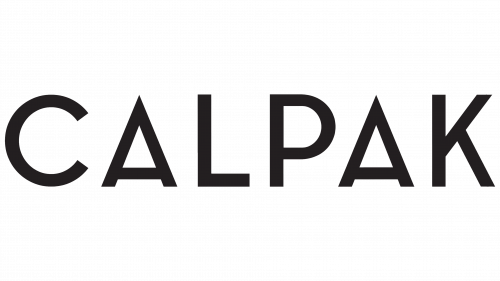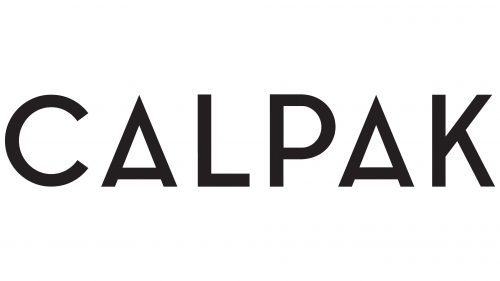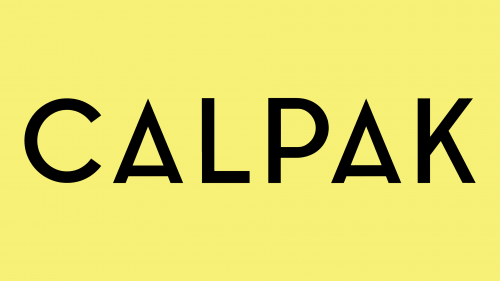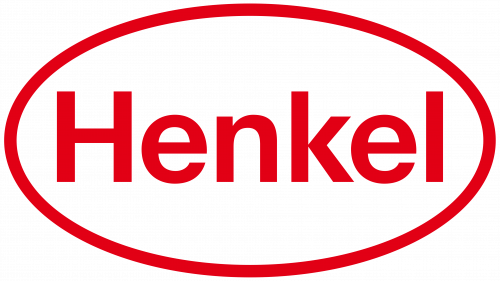The Calpak logo looks elegant and modern, perfectly matching the stylish suitcases, travel bags, and backpacks the company produces. Its simplicity and conciseness emphasize attention to detail, as the brand is committed to high-quality travel accessories.
Calpak: Brand overview
In 1989, CALPAK was founded in Los Angeles, California. Edward and Judy Kwon, a husband and wife partnership with a love of travel and an entrepreneurial spirit, created the business. The company’s original name, California Pak, was chosen to honor its California heritage.
Early on, the company concentrated on making reasonably priced, premium travel bags and suitcases. When the business began, Edward and Judy oversaw every facet of running the company, from sales to product development.
The firm expanded gradually during the 1990s. The brand added new suitcase and bag types targeted at different market niches, broadening its product offering. Around this period, the company started establishing itself as a manufacturer of reasonably priced, fashionable, and useful travel equipment.
The brand started aggressively expanding its distribution network in the early 2000s. When the company’s products began to be carried by large retail chains, sales volumes and brand recognition skyrocketed. To raise the caliber and longevity of its goods, the corporation began experimenting with novel materials and manufacturing techniques during this time.
In 2005, the company reached a turning point in its history by entering a new market and introducing its first line of hard-shell luggage. The series was developed in response to the growing demand for durable, lightweight suitcases, particularly among frequent travelers.
The Kwon family’s second generation assumed leadership of the business in 2010. The daughter of the founders, Jennifer Kwon, joined the company as creative director. As a result, new product designs and a marketing plan with a younger target demographic were implemented.
Under the leadership of Jennifer Kwon, the inaugural collection debuted in 2013. Fashion publications and younger tourists were drawn to this collection because of its more modern styles and eye-catching color palettes.
When the company opened an online store in 2015, it made a big advancement. As a result, the business could engage with clients directly and increase its visibility outside conventional retail channels.
The brand undertook an international expansion in 2016. With a primary focus on European and Asian markets, the corporation started actively pursuing sales outside the United States. Several products had to be modified to fit local norms and preferences.
The Astyll line, the company’s most popular collection, was unveiled in 2017. The marble-print hard-shell suitcase series swiftly gained popularity on social media, greatly increasing brand visibility among Millennials and Generation Z.
In 2018, the brand released its first collection that was unrelated to travel. The business increased its market share in the urban accessory market by launching a range of backpacks and everyday bags.
On its 30th anniversary in 2019, the company updated its visual identity. It underwent a rebranding to support the profile as a chic and contemporary travel brand.
For the firm, 2020 was a year of innovation. The business unveiled its initial line of recycled-material, environmentally friendly luggage.
In 2021, the brand introduced an array of online masterclasses on packing and trip preparation, increasing the scope of its digital footprint. This project aimed to build a brand community and improve consumer relations.
The first physical store opened in Los Angeles in 2022. This flagship store served as a venue for travel and lifestyle-related activities and a place of commerce.
The company, in 2023, unveiled a new range of recycled-material travel accessories and environmentally friendly suitcases. “EcoTravel,” the collection’s name, represented the firm’s increasing dedication to ethical and environmental production practices. Customers concerned about the environment were pleased with the new range since it blended eco-friendly technologies with contemporary design. In Tokyo, Japan, the company opened its first flagship store outside the US that year, thus extending its global reach. With this action, the brand initiated its worldwide development and bolstered its standing in the Asian market.
Early in 2024, the company announced the introduction of a cutting-edge range of “smart luggage” that includes integrated technologies to improve the journey. This new luggage line includes items that can charge electronics with GPS trackers and scales built right in. Additionally, the business released a smartphone app that lets customers control the features and monitor the whereabouts of their bags.
Furthermore, the firm started working with a well-known designer to produce a limited-edition line of opulent travel accessories. Through this partnership, the company hopes to reach a wider audience and increase its prominence in the luxury market.
The enterprise furthered its corporate social responsibility efforts by starting the “Travel for Good” program. As part of this initiative, a portion of sales proceeds goes toward funding educational initiatives in underdeveloped nations, demonstrating the company’s dedication to improving the lot of people on the planet.
Meaning and History
What is Calpak?
This brand produces stylish and functional luggage, bags, and travel accessories. The company offers a wide range of products, including suitcases, carry-ons, duffel bags, backpacks, and travel organizers designed to meet the needs of modern travelers. The brand is known for its fashionable designs, high-quality materials, and practical features that enhance the travel experience.
1989 – today
This manufacturer of travel bags and suitcases was founded in 1989 under the name California Pak and was only renamed Calpak in 2013. At that time, a new logo with a corresponding inscription was needed to showcase the brand’s rebirth in an original image. This was done to attract a younger generation of customers and to reflect the rapid transformation of the owner of a modest collection of wallets into a beloved favorite among American travelers.
When creating the emblem for the renowned brand, designers aimed to make it as simple and convenient as possible to place on bags. However, practicality is not the only reason for this choice. The appearance of the products played a huge role, as the manufacturer constantly experiments with the shape and color of travel accessories. This means they needed a universal logo that easily adapted to any style.
Thus, the Calpak wordmark contains no unnecessary elements—just the company name, rendered in a minimalist font. But this doesn’t mean the emblem lacks individuality. Each letter is a conditional building block, forming a cohesive image. It symbolizes that the brand’s bags and suitcases are suitable for all travelers, whether they appreciate beauty or value utilitarian practicality.
The brand’s identity uses basic geometric shapes: straight lines, diagonals, triangles, and angles. These elements form the basis of the logo. Because of this, the letters appear very simple, but in reality, they contain many unique features:
- The ends of the “C” have uneven cuts.
- The crossbar of both “A” s is lowered.
- The diagonal strokes of the “K” are asymmetrical.
Additionally, due to its pointed apex, the “A” resembles an inverted “V,” creating a contrast with the rounded parts of the other letters. Such stylistic elements make the inscription unique despite its classic appearance. Overall, the font reflects the influence of the Bauhaus style, which embraces breaking typographic norms, pushing the boundaries of traditional design, and combining functionality with aesthetics. This is evident in the following details:
- The letters are composed of basic geometric shapes.
- The logo lacks complex decorative elements that align with minimalist principles.
- The unconventional “A” reflects a spirit of innovation and a willingness to experiment.
The black inscription also reflects Bauhaus’s philosophy. It creates a sense of restraint and professionalism, and its contrast with the white background emphasizes form. As a result, the Calpak emblem maintains visual clarity, making the brand easily recognizable.






